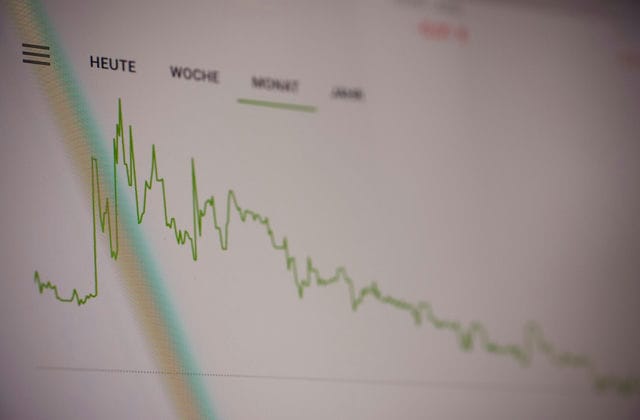I, What is a closed-end fund
A closed-end fund is a fund in which the promoter sets a limit on the total number of units that can be issued when setting up the fund. The units are listed on the stock exchange and investors who wish to buy or sell units must do so through a stockbroker in the secondary market.
Closed-end funds are trust funds, which are funds where the total amount of approved fund shares is fixed for the term of the fund contract and the fund shares can be traded on a legally established stock exchange, but the fund amount holders are not allowed to apply for redemption .

II, Relationship between closed-end funds and open-end funds
Open-end funds and closed-end funds together constitute the two basic modes of operation of a fund.
An open-ended fund, is an investment fund whose size is not fixed, but can be issued new shares or redeemed by investors at any time according to market supply and demand. A closed-end fund, as opposed to an open-end fund, is an investment fund whose fund size is determined prior to issuance and remains fixed after the issue is completed and for a specified period.
Open-ended funds are not listed for trading, generally through the bank subscription and redemption, the fund size is not fixed, the fund units can be sold to investors at any time, but also at the request of investors to buy back the operation; closed-end funds is a period of time is not allowed to accept new entry as well as proposed shares until a new round of open, open when you can decide how much to propose or re-investment, newcomers can also be at this Newcomers can also invest in shares at this time. The usual opening time is 1 week and the closing time is 1 year.
III, Features of closed-end funds
1, Closed-end funds have a long closed period, the number of issues is fixed, the holder can not be redeemed during the closed period, can only be bought and sold in the secondary market. In contrast, open-end funds can be redeemed and listed traded open-end funds can also be bought and sold. Therefore, open-ended funds need to be ready for possible redemptions by holders and have a relatively robust investment style; closed-ended funds do not have to worry about redemptions during their duration. There are good and bad sides to everything. It is because closed-end funds do not have to worry about redemptions, similar to the holder lending money to the fund company to speculate in stocks, agreeing to pay back the money after 5, 10 or 20 years, with or without interest.
2, The holder cannot ask the fund company to repay the money early. Therefore, the fund company has a lot of autonomy over the money. Of course, there are also fund companies and fund managers who operate regular funds, and the returns of the closed-end funds they manage are not necessarily worse than those of open-end funds. To sum up, investors have to decide what kind of fund to buy based on their investment preferences, risk tolerance, their level of understanding and trust in the fund company and fund manager, and the results of their long-term judgement of the general market. Closed-end fund discount rate Introduction The connotation of discount rate is such that, with the net value of the fund as a reference, the price of the fund is a discount relative to the net value of the fund, so the denominator should be the net value, not the price.
3, The actual discount and premium formula is the same: premium (discount) rate = (transaction price - net value of fund units) / net value of fund units * 100% If it is negative, it is the discount rate; if it is positive, it is the premium rate. Now closed-end fund discount rate is still high, mostly in 20% ~ 40%, which is due to a shorter time in the small and medium-sized fund discount rate is lower.

4, For the same fund, of course, when the discount rate is high when buying to be good; but select the fund can not only look at the discount rate, but to pick some discount rate moderate, short maturity of small and medium cap funds. According to domestic and foreign experience, the price of closed-end funds trading at a discount is a very normal situation. The size of the discount can affect the value of a closed-end fund investment. In addition to investment objectives and management levels, the discount rate is an important factor in assessing closed-end funds and there are certain investment opportunities for investors at high discounts. As closed-end funds run due to be repaid on a net basis or liquidated, so the higher the discount rate of closed-end funds, the greater the potential investment value.
5, Another feature of a closed-end fund is that it has a duration of survival. After the expiry of a closed-end fund, there are three ways to deal with it: one is to liquidate it, i.e. to return it to the investor after deducting certain fees from the net value of the fund; the second is to convert it into an open-end fund, i.e. what we often call "closed to open"; the third is to extend the expiry period, which is rarely applied.



























